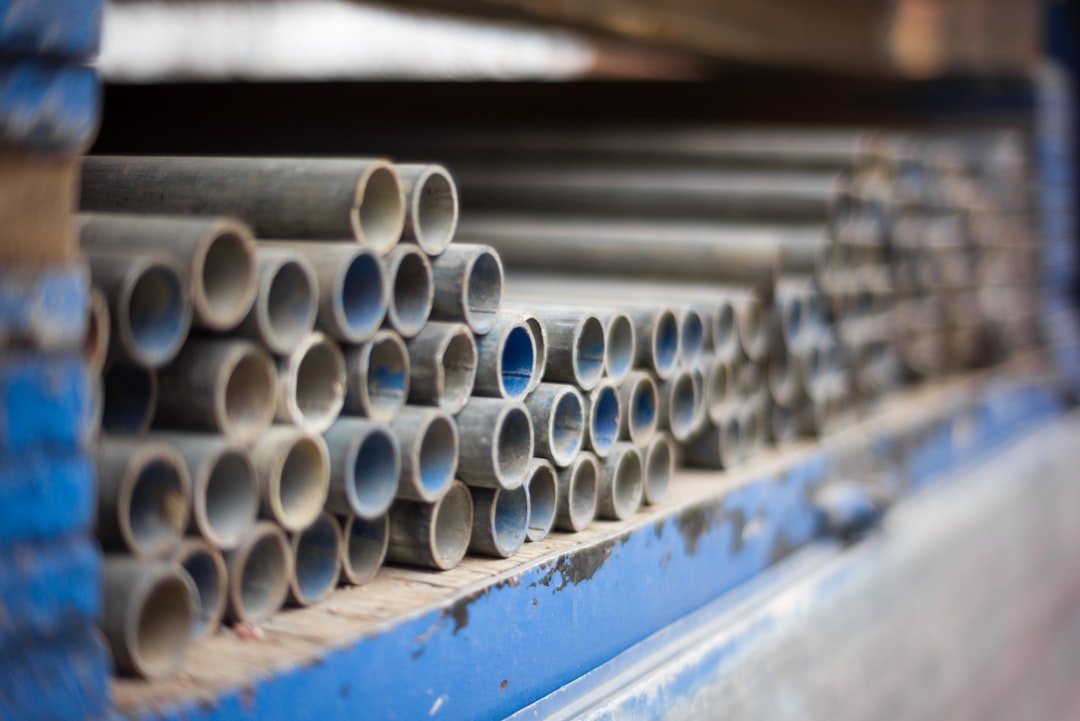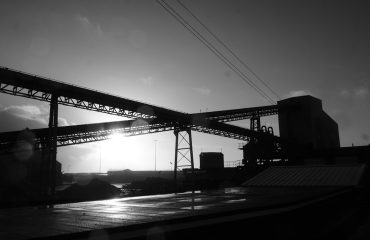High-performance pipes are essential components in a wide range of industries, from oil and gas to chemical processing and water management. Their ability to withstand extreme pressures, temperatures, and corrosive environments is paramount to operational success and safety. This post delves into the key features that define these robust and efficient piping systems.
1. Superior Material Selection: The Foundation of High Performance
The choice of material is the cornerstone of high-performance pipe design. Standard materials like carbon steel might suffice for low-pressure applications, but high-performance pipes often require specialized alloys to handle demanding conditions. These materials are selected based on factors like:
- Corrosion Resistance: Stainless steel, duplex stainless steel, and super duplex stainless steel offer exceptional resistance to various corrosive agents, extending the lifespan of the pipe and preventing costly replacements. Specific alloys are chosen based on the anticipated chemical environment.
- High-Temperature Strength: For high-temperature applications, such as those found in power generation or petrochemical plants, materials like Inconel, Hastelloy, and other nickel-based alloys are crucial. These alloys retain their strength and integrity even at elevated temperatures.
- Yield Strength and Tensile Strength: These properties determine the pipe’s ability to withstand pressure and stress without deformation. High-performance pipes are engineered with materials possessing significantly higher yield and tensile strengths compared to standard pipes.
- Creep Resistance: At high temperatures, materials can undergo creep, a time-dependent deformation under constant stress. High-performance pipe materials are selected to minimize creep, ensuring long-term stability.
2. Advanced Manufacturing Techniques: Precision and Durability
The manufacturing process plays a critical role in achieving high performance. Advanced techniques ensure dimensional accuracy, surface finish, and overall integrity:
- Seamless Manufacturing: Seamless pipes are produced without welds, eliminating potential weak points and enhancing overall strength and resistance to fatigue. This is particularly important in high-pressure applications.
- Advanced Welding Techniques: Even with welded pipes, advanced techniques like orbital welding and automated welding processes ensure consistent, high-quality welds with minimal imperfections. These welds undergo rigorous testing to meet stringent quality standards.
- Heat Treatment: Heat treatment processes, such as annealing and stress relieving, are crucial for improving the material’s microstructure and reducing residual stresses, enhancing the pipe’s overall strength and durability.
- Precision Machining: Precise machining techniques are used to create specific dimensions and surface finishes, ensuring proper fit and function within the piping system. This minimizes friction and potential leak points.
3. Enhanced Design Considerations: Optimizing Performance
The design of high-performance pipes goes beyond simply choosing the right material. Several design considerations contribute to their superior performance:
- Wall Thickness Optimization: Careful calculation of wall thickness ensures sufficient strength to withstand operating pressures while minimizing weight and material costs. Finite element analysis (FEA) is often used to optimize wall thickness.
- Flange and Fitting Design: The design of flanges and fittings must be compatible with the pipe material and operating conditions. High-performance systems often utilize specialized flanges and fittings designed for high pressure and temperature.
- Stress Analysis and Simulation: Advanced stress analysis and simulation tools are employed to predict the pipe’s behavior under various operating conditions, ensuring its structural integrity and preventing failures.
- Corrosion Protection: In corrosive environments, additional corrosion protection measures, such as coatings, linings, or cathodic protection, are implemented to extend the pipe’s lifespan.
4. Rigorous Testing and Quality Control: Ensuring Reliability
High-performance pipes undergo rigorous testing and quality control procedures throughout the manufacturing process to guarantee their reliability and safety:
- Hydrostatic Testing: Hydrostatic testing involves pressurizing the pipe with water to verify its ability to withstand the intended operating pressure. This ensures the pipe’s integrity under extreme conditions.
- Ultrasonic Testing (UT): UT is a non-destructive testing method used to detect internal flaws or defects in the pipe wall. This helps identify potential weaknesses before they cause failures.
- Radiographic Testing (RT): RT uses X-rays or gamma rays to detect internal flaws and inconsistencies in welds and pipe material. It provides a detailed visual inspection of the pipe’s interior.
- Material Certification: High-performance pipes typically come with material certifications verifying the chemical composition and mechanical properties of the used materials, ensuring they meet the required specifications.
5. Applications and Industries: Where High Performance Matters Most
High-performance pipes find applications in diverse industries where reliability and durability are critical:
- Oil and Gas: Transporting oil and gas under high pressure and temperature requires pipes capable of withstanding extreme conditions and preventing leaks.
- Chemical Processing: Handling corrosive chemicals necessitates pipes made from highly resistant materials.
- Power Generation: High-temperature and high-pressure steam lines in power plants require specialized pipes capable of withstanding these demanding conditions.
- Water Management: Transporting water under high pressure, especially in desalination plants, requires robust and corrosion-resistant pipes.
- Aerospace and Defense: High-performance pipes are critical components in aerospace and defense applications where lightweight yet extremely strong materials are required.
In conclusion, high-performance pipes represent a crucial advancement in piping technology, offering superior strength, durability, and reliability in demanding applications. By understanding the key features discussed above – material selection, manufacturing techniques, design considerations, testing, and applications – industries can select and utilize these pipes effectively, ensuring operational safety and efficiency.
Tags: High-performance pipes, pipe materials, pipe manufacturing, pipe design, industrial piping




